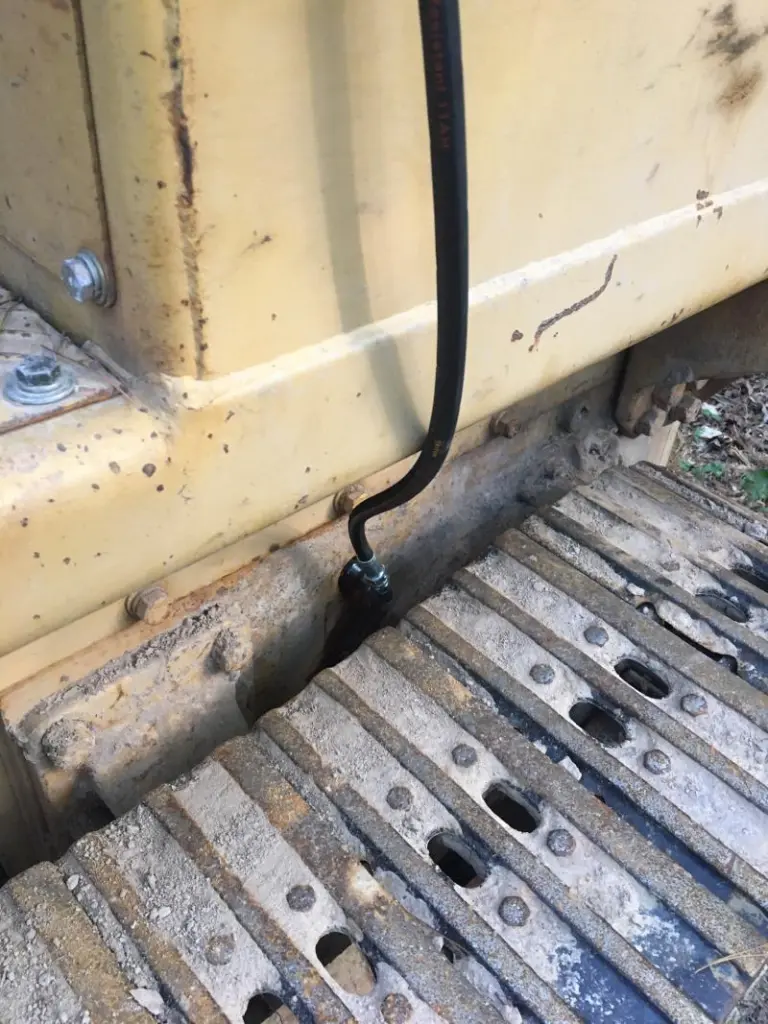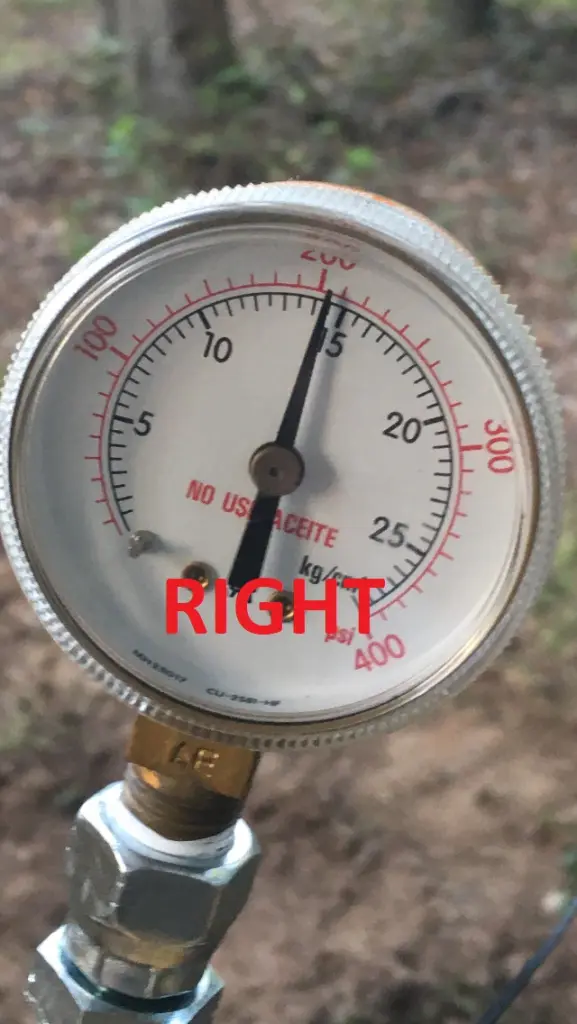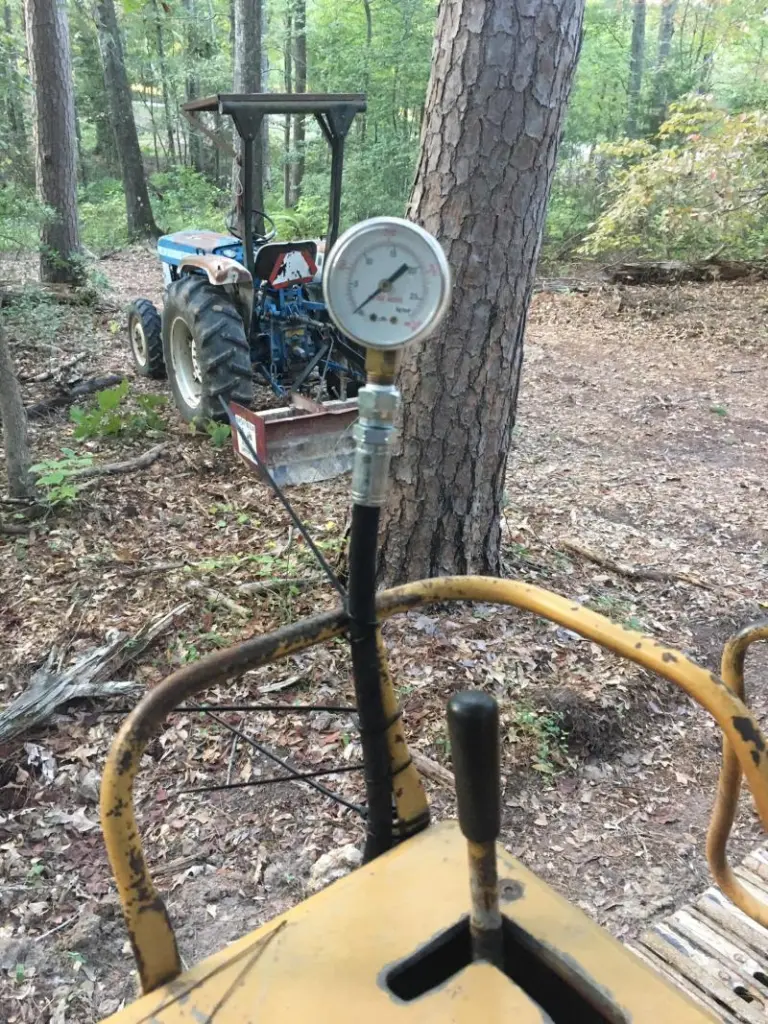Have you adjusted the brakes according to proper procedure? seems they may be to tight.
OM,
No we have not adjusted according to the full procedure in the manual. We did adjust the brake bolts on the bottom plate to what the manual said to do.
One question comes up in my mind though, why would the pedal have to be depressed all of the way for the brake bands to engage if the brakes are set too tight? The obvious would be if the fluid was "boiling" or overheated in the caliper equivalent of the brake system on the Cat, is that it?
Thank you for your reply and we will do as you say and set the brake adjustment properly according to the manual.
Newt
Proper adjusted brakes include specification ranges for brake pedal travel. It's a pretty simple mechanical system. Start with adjustment and go from there. Next step would be checking for worn brake linings, linkage wear, missing lining sections etc. Do the brake pedals pulsate when applied?
That model should be dry brakes, check to see there is not an accumulation of water/oil in the steering clutch/brake compartments.
The pedals do not pulsate when applied. They are dry brakes, and to my knowledge the steering clutch/brake compartments are completely dry. The bevel gear oil level has remained constant and the the tractor skid plate has not been in contact with water. I will take a plug out and see if any liquid comes out.
We did check the pedal travel, and it was within spec, but we did not adjust it.
Now the rain has started, so will wait a few days before I can adjust and post back the results.




It has been awhile since I posted, now I have new information to share and solicit advice. I adjusted both of the brakes per manual specs, and there was no change in the grinding sound/symptoms after about 30 minutes of working the tractor.
I do not think that the brakes are an issue any longer. My thought is that the steering clutches are not engaging fully and the clutches are dragging.
My next course of action was to check the steering clutch pressures while driving the tractor. After attaching the hoses and gauges, here are the pressures I measured:
Right after startup: Max left steering clutch pressure is 265 PSI, Max right steering clutch pressure is 205 PSI.
After 30 minutes of running and dragging a 8,000 pound roller compactor uphill and down hill: Max left steering clutch pressure is 195 PSI, Max right steering clutch pressure is 190 PSI.
When we disassembled the transmission, we measured the tolerances on the disassembled transmission pump and all were within spec with no deep or shallow gouges/marks on the pump surfaces. The pump looked perfect and the measurements per the manual were within spec. The suction tube and other seals were all replaced.
My next course of action will be to measure the pump pressure at the port on the valve body and report back my findings.
Any other tips or advice on my next step or possible causes of losing pressure are appreciated.
Transmission pump pressure should be 280 - 300psi.
Steering clutches should only see pressure when being disengaged. Are your pressure readings when engaged or disengaged?
[quote="Old Magnet"]Transmission pump pressure should be 280 - 300psi.
Steering clutches should only see pressure when being disengaged. Are your pressure readings when engaged or disengaged?[/quote],
Funny you ask that question as I have been wondering the correct terminology of engaged versus disengaged. 😖mile: The pressure readings are when I depress the brake pedal and disengage the steering clutches. When the pedals are not depressed, the pressure readings are zero.
I suspect when I test the pump pressure I am going to find the same readings as the left pedal. Inspecting the right clutch valve on the brake pedal assembly is probably the first place to look for why the right pressure is initially less than the left? It seems strange that they evened out after running the tractor though.
It has been my thought that the grinding racket are the clutch plates being turned against each other as the brakes are stronger and hold that track motionless while the bevel gear and shaft are continuing to turn while the steering clutches aren't fully disengaged.
Thank you OM.
The D3's and 931's a somewhat famous for having a touchy steering clutch control valve. In particular if they have the small bearing on the end of the valve spool (item 12). Very early models don't use the bearing. If/when the bearing wears or gets a flat spot either on the bearing or the ramp it rides on it has a major affect on operation. Check for wear and adjustment.